Thursday Five: how to turn the bad and the ugly into the good and the pretty
“Goodness it’s ugly. Really. It’s hideous” — Top Gear.
When the Porsche Panamera first came out, it wasn’t exactly popular. It wasn’t a terrible car, but none of that mattered when it was being universally panned by critics for its frumpy, 911-that’s-eaten-too-much-bratwurst looks.
Fast forward to its latest 2017 refresh though, and the vibe around the Panamera is very different. Almost overnight it’s gone from being a soft target to being something of a darling in the luxury car segment thanks mainly to a friendlier face, bum, and side profile.
It’s nice when car companies give their lesser enjoyed platforms the Cinderella treatment. For one, we get better choice as consumers at the end of the day, but cooler still it illustrates that we still hold some form of skin in the game — whether it’s through our ability to ‘vote with our feet’ and not buy automotive cud, or our ability to use the wondrous powers of the internet to vent disgustingly defamatory messages on message boards and popular social media outlets like Bebo and Friendster.
Not that we’d condone that kind of thing.
So, let’s celebrate four other cars that excavated themselves from their own respective ruts for today’s Thursday Five.
2001 Subaru Impreza WRX / WRX STI (the weird bug-eye one)
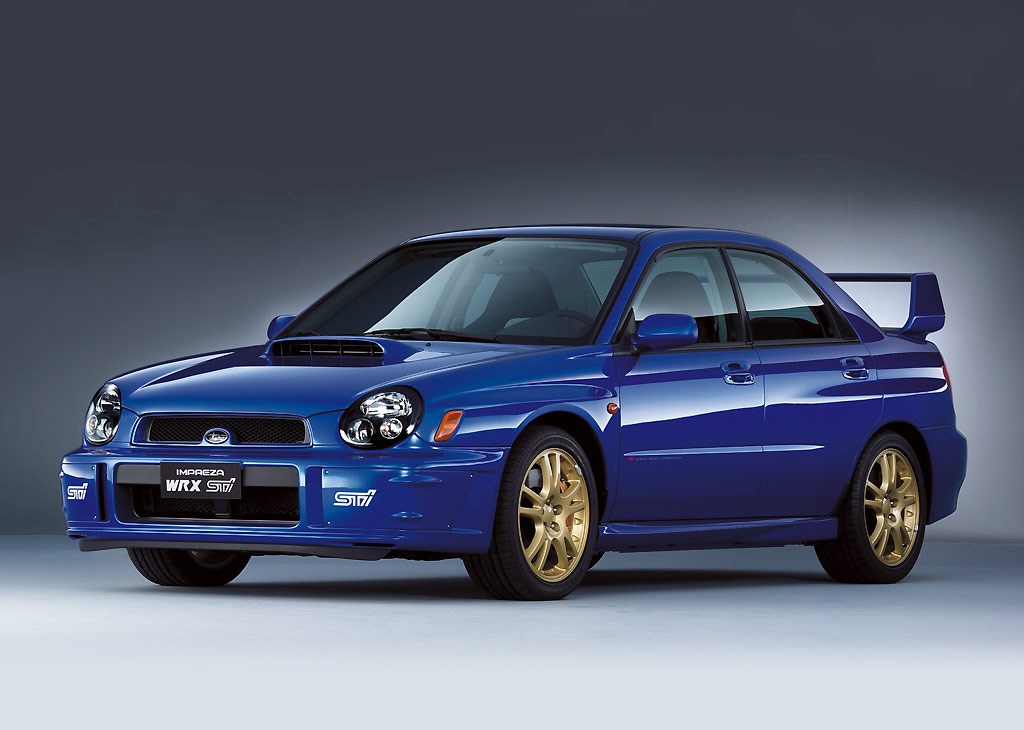
Like the Panamera, it didn’t matter that the second generation Subaru Impreza still boasted World Rallying chops, or that it was stiffer and safer, or that it finally offered a six-speed gearbox.
Because, it was weird. Too weird to be accepted, or ultimately achieve any decent success when it came to selling them in showrooms. Within just one year, Subaru had already designed a facelift for the Impreza.
But, with the facelift came new engines, added refinement, and thus an improved respect from consumers. This was reflected in sales, and by the (admittedly, still kinda weird) 2006 ‘hawkeye’ people had forgotten the ill feelings they’d felt during the bug-eye days.
Then Subaru kindly inserted the Impreza back into a rut with the third generation, but that’s another story.
Oddly enough, the bug eye now enjoys a prosperous position as a cult classic among those who celebrate the six stars — both as a canvas for the modding community as well as being a potential future classic for actual grown-ups.
Kia Sportage
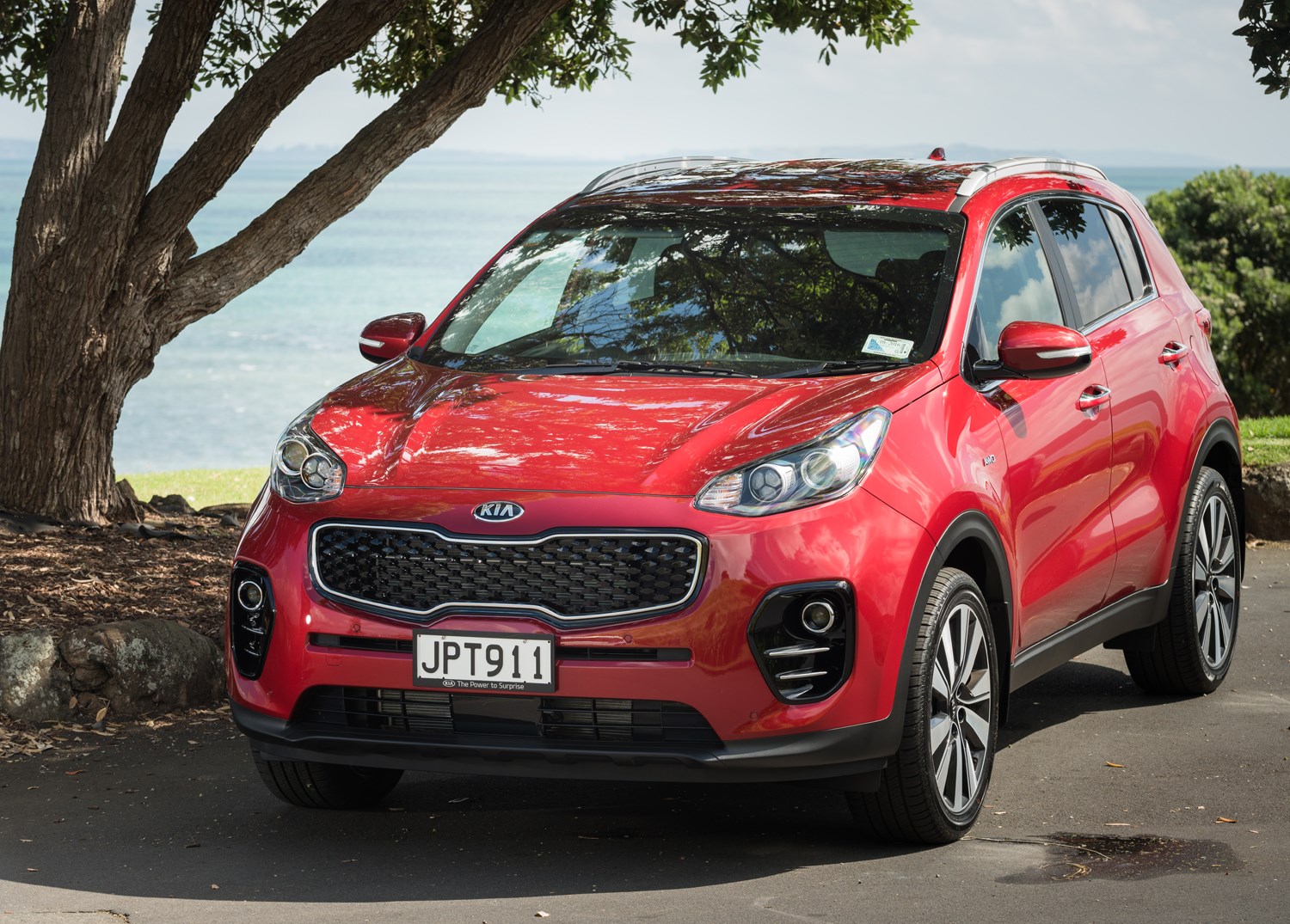
Photo / Ted Baghurst
The rise of Korean’s car manufacturers is difficult sum up with just one car, but I think the Kia Sportage is the one that comes closest.
Again, the first generation released in the early ’90s wasn’t an awful car. It was one of the very first to offer knee airbags — something several cars today still don’t have. It was also quite capable off road.
But it was certainly rarely said in the same breath as its chief rivals from Japan and Europe. This was still a time where Korean cars were frowned upon from those observing from the lofty heights of their Toyotas and Mitsubishis. And while it did have a knee airbag for the driver and talent on dirt, it was also spartan and outdated inside. Being based on the same platform as a Mazda Bongo wasn’t exactly something it could boast about to the other cars in the parking lot either.
But, two generations later, and the Kia Optima isn’t just a challenger in its class — it’s arguably a class leader. The fourth-gen Sportage released earlier this year has scored plenty of praise for its slick design, packaging, equipment, and the way it handles.
Porsche Cayenne
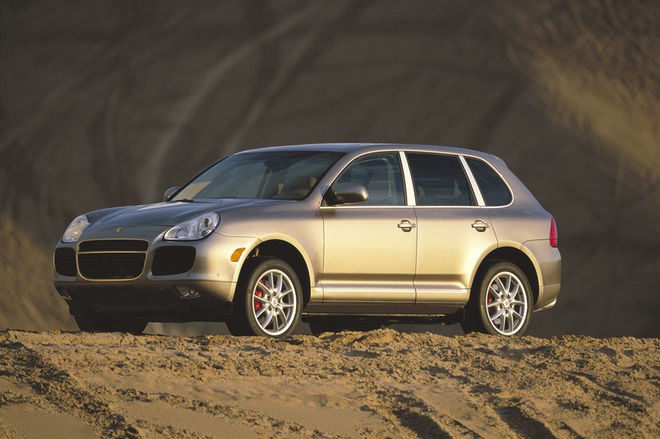
In some ways, you could take everything I mentioned about the Panamera, swap in the Cayenne nameplate.
Like the Panamera it was touted as something that had endured a few too many midnight alley-way meetings with the dreaded ugly stick. But it was even worse than that.
The Cayenne was Porsche’s first real departure from making another other than a sports car. Rival manufacturers looked on in confusion, wondering what could possibly be gained from such a strategy. There was backlash, after Porsche fans looked away from the mirror and hair product long enough to suddenly realise that this was a textbook example of ‘selling out.’
The subsequent car was devilishly quick, particularly when it had an ominous ‘Turbo’ badge bolted to the boot. And despite all the negativity and hate of what many thought wasn’t a ‘true’ Porsche, they sold like absolute hot cakes.
Over time with every minor update, the Cayenne has become fractionally more tolerable to look at — but more importantly more tolerable to think about. Now, everyone's doing it. Lamborghini has the Urus, Bentley has the Bentayga,
SsangYong Actyon ute
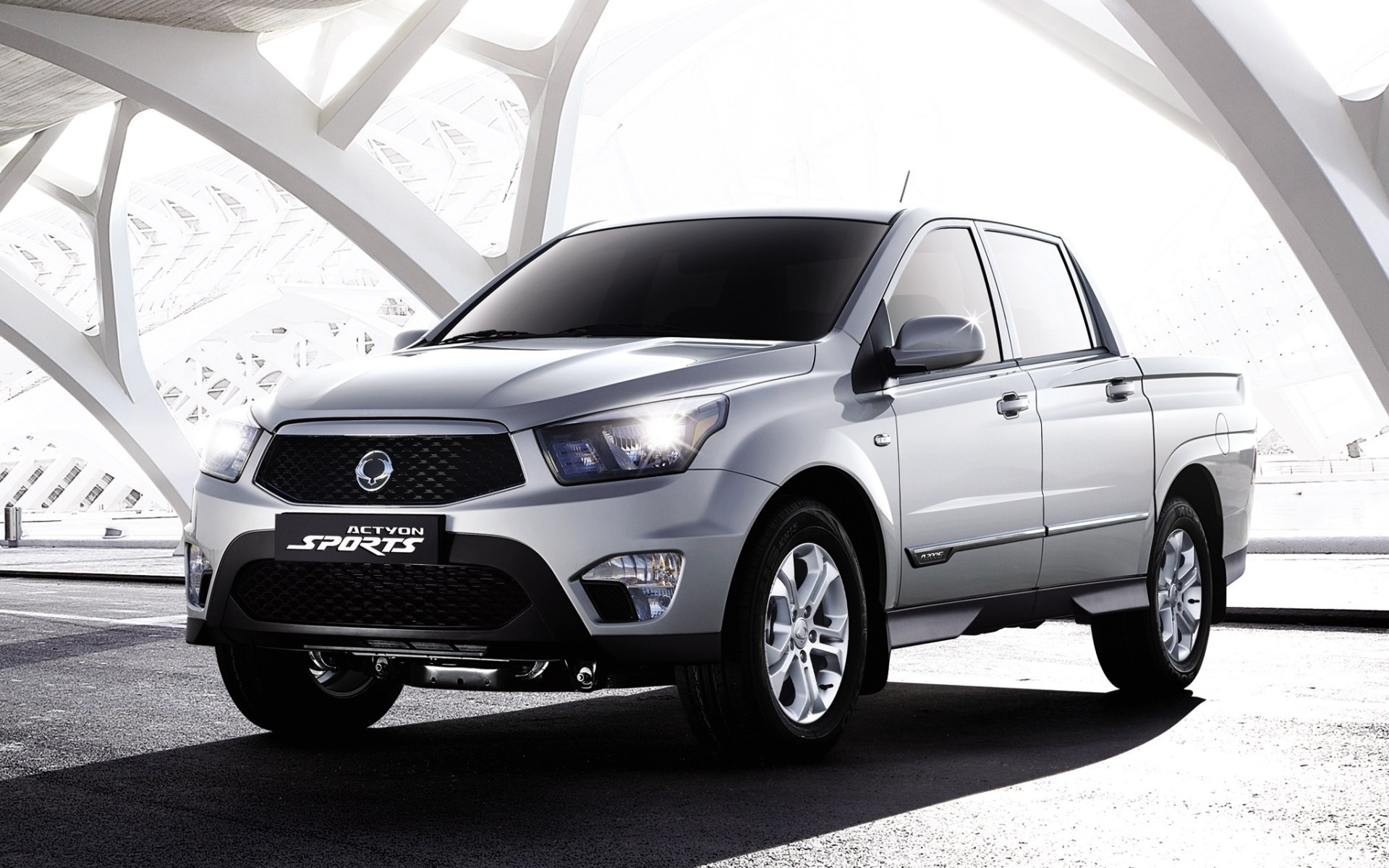
When it was launched, as both a ute and a sort of odd hatchish off-roadish BMW X6 for the masses, the Actyon sported arguably the ugliest nose in all of motoring.
In some ways it became the unfortunate face of the brand, personifying how people perceived SsangYongs at the time despite the Mercedes-Benz familial link, as well as the growth and acceptance of fellow Korean brands Hyundai and Kia.
But, 2012's nose-job has seen the Actyon become one of the more handsome entrants in our domestic ute segment. No, it doesn't have the glitz of the Ranger or the chiseled lines of the Navara, but it's a damn sight more pleasant to look at than the Triton.
And signs are that the new eyes and mouth have been a hit. These things are everywhere. Granted, they're not a market leader. But, you only need to refer to the Sportage above that that could easily be a goal in a generation or two's time.
1974 Ford Mustang II
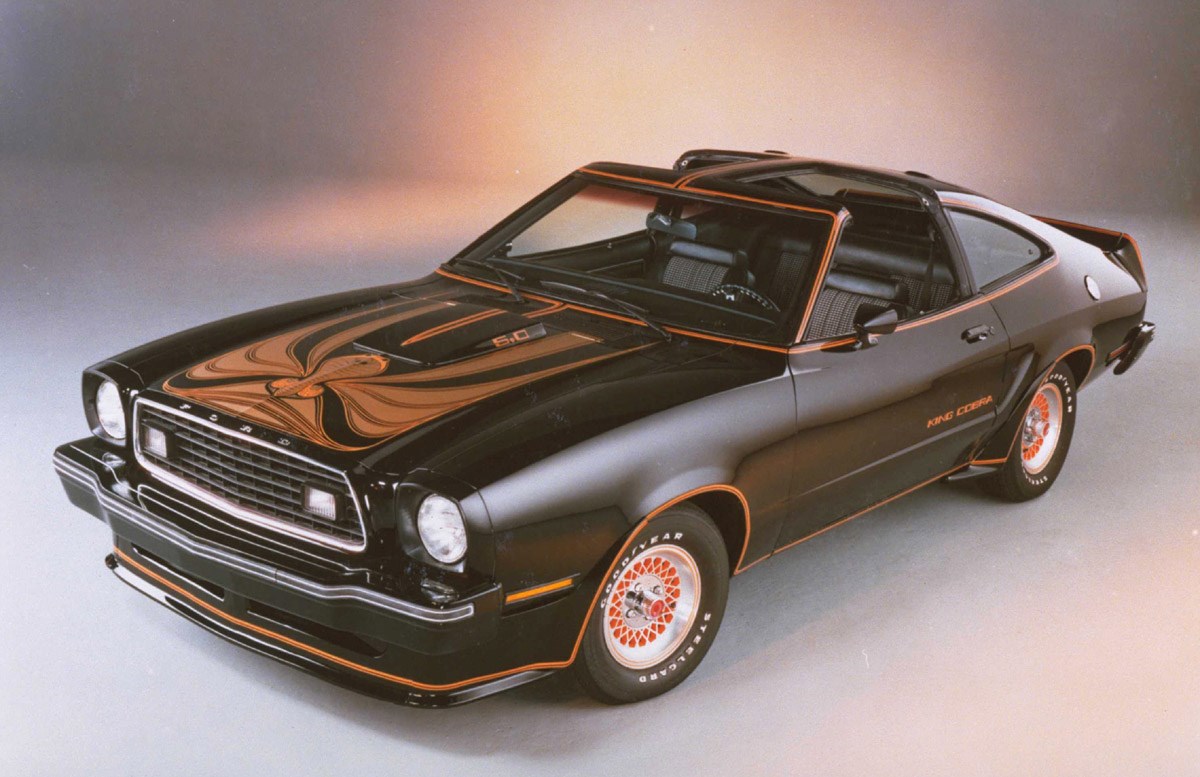
The Mustang was a classic straight out of the box when it hit the showroom for the very first time in 1964. Everyone fell in love with the notion of performance that could be accessed by the masses. It was pretty, and it was pretty quick — only growing quicker with each new Boss and Mach 1 variant that rolled off the line.
But, that first Mustang seemed a world away from the disease that utilized the same moniker 10 years later; the Mustang II.
Heavily shaped by its political surroundings, the Mustang II remains the leading poster boy for the oil crisis and the so called 'death of the muscle car'. Though it sold well, it's still frowned upon today due to being heavy, slow, and a step back for the Mustang that it took a long time to recover from.
The 'fox body' Mustangs of the late ’70s to early ’90s were a marked improvement — retaining the small proportions of the Mustang II but taking away weight while adding performance. Still, it was a ways adrift of the ferocious, America-embodiment that was the 1970 Mach 1.
Only when the next Mustangs through the ’90s to mid-’00s came did we see the platform start to slowly meander towards its larger, more powerful roots. The Mach 1 name proudly returned in 2004, and in 2005 we saw the fifth generation hit.
Generation five, more than four, three, and two, drew huge visual inspiration from its origins. At the time, every man and their dog was making a retro-inspired car, but what made the Mustang different was that it meant it. The looks were matched by lovable handling, and the support of Shelby with a high performance GT500 released later that year.
Last year's sixth generation is arguably the best made since the originals, and places the Mustang as close as it's ever been to its international rivals. It's no longer just an example of accessible performance — it's now a genuine international sports car contender.




